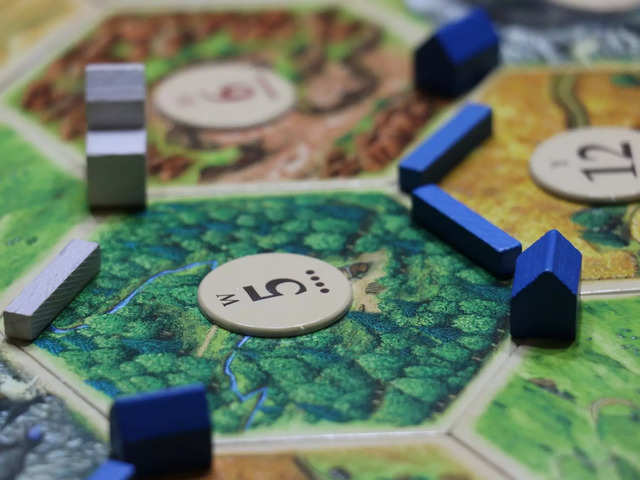
India's gaming industry is poised to take bigger and faster strides in becoming a cost-effective and powerful advertising medium for marketers
How marketers are using gaming to connect with consumers
Mar 31, 2021, 12:53 IST
ad-tech
Transforming India’s gaming industry with hyper casual games
- India's online
gaming industry is worth INR 91 billion and is projected to reach INR 187 billion by 2022. April Tayson , Regional VP INSEA,Adjust writes how marketers are strengthening their plans to tap mobile gaming's fast-growing audience segment.
According to the FICCI-EY 2020 Report on India's Media and Entertainment sector, India's online gaming industry is worth INR 91 billion and is projected to reach INR 187 billion by 2022.
Among the various gaming formats available in the market,
Understanding Hyper Casual Gaming
With the cost of building games dropping, developers are now able to churn out games faster. In the hypercasual gaming space, fast product development timelines support digital marketing's data-driven decisions. According to Adjust's recent Hyper Casual Gaming Report, for Q4 2019 to Q1 2020, installs per mille (IPMs) across all regions have increased significantly.
With the rising demand, hypercasual games rely on quick product timelines and low production costs to release new games.
Additionally, developers can immediately assess which games perform well and use smart budget allocation to maximize the number of users inside the app by going after the lowest cost per installs they can find. Once the users are in the app, they show as many ads as possible, which gives their clients the best return on investment (ROI).
Maximizing Investments
Hypercasual games have redefined app marketing, and automation is the driving force behind the genre's rapid growth. With hypercasual games, one can get immediate answers to marketers’ constant dilemma about what works and what does not.
Through ad monetization, marketers can drive ROI from hypercasual games.
While developers can easily track the revenue coming in from in-app purchases, as it is directly linked to the user’s profile, tracking revenue from in-app advertisements can be challenging. In-app ads involve various measurement models such as cost per view, cost per click, cost per thousand impressions, cost per action, and cost per install. Moreover, paid in-app campaigns also require a different set of tools and platforms. The set of tools used for web campaigns will not work for mobile in-app advertising.
Getting it Right
One key aspect that can help marketers track ROI from ad campaigns is to have all the relevant monetization models in a single dashboard, making it easier to monitor a campaign's performance. Game developers and marketers can leverage the available technologies and solutions in tracking the performance of ads and campaigns. These trackers can also link the apps where the campaigns are being implemented and information about segment user's interaction with the link. This makes tracking a seamless process, giving complete visibility into a campaign’s performance.
On the social media platform front, these solutions can gather real-time insights from channels such as Facebook, Twitter, Google, and Snapchat. This means advertisers can seamlessly track campaigns across these platforms in a unified way without having to create their own trackers.
By adopting the right solutions to monitor and measure performance, game developers and marketers can make informed decisions and improve returns on spending.
Unlocking the True Potential of Hyper Casual Gaming
Given its popularity among gamers, hypercasual gaming will continue to grow as more developers launch mobile games and apps. However, for many game developers, success depends on the app’s scalability and the investments that they can attract.
With these hypercasual gaming developments, India's gaming industry is poised to take bigger and faster strides in becoming a cost-effective and powerful advertising medium for marketers.
INSIDER INTELLIGENCE REPORTS







